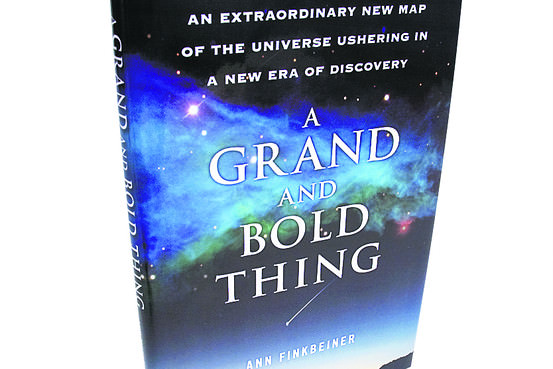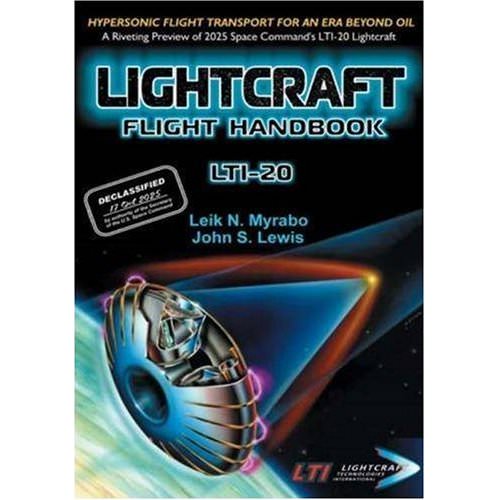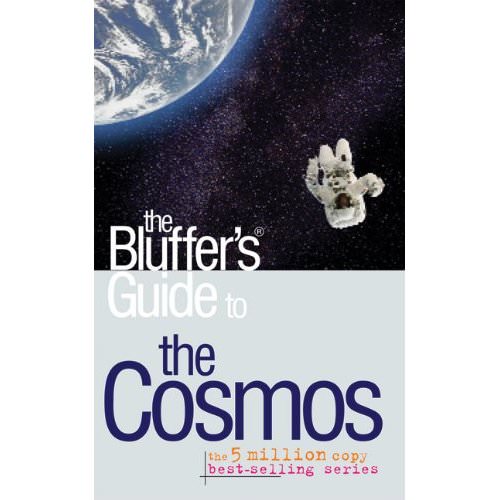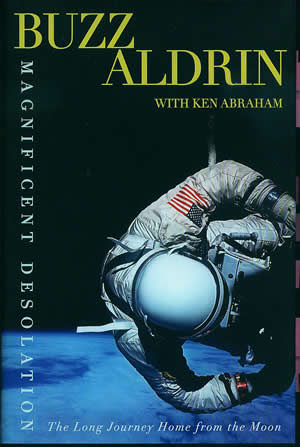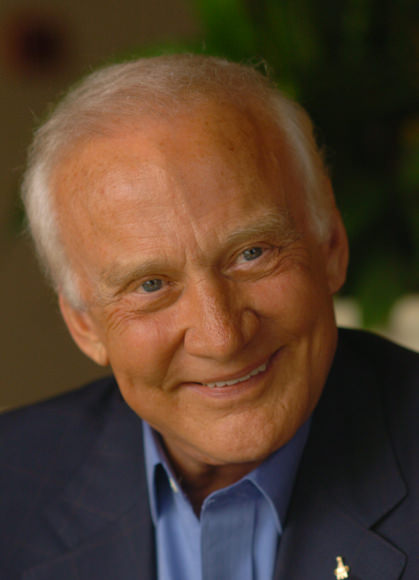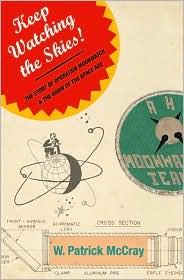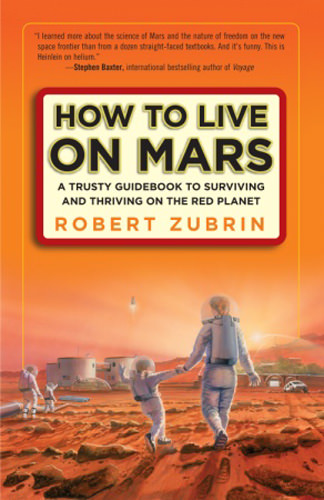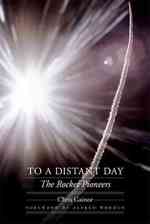If you do a search of articles on Universe Today, you’ll find that a large number of our posts reference the Sloan Digital Sky Survey. SDSS is a comprehensive survey to map the sky, using a dedicated 2.5 meter telescope equipped with a 125- megapixel digital camera and spectrographs. Since 2000, SDSS has created terabytes of data that include thousands of deep, multi-color images, covering more than one-quarter of the sky. SDSS is literally changing the way astronomers do their work, and represents a thousand-fold increase in the total amount of data that astronomers have collected to date. In a new book, “A Grand and Bold Thing; An Extraordinary New Map of the Universe Ushering in a New Era of Discovery,” science journalist Ann Finkbeiner tells the story of how SDSS came about (frighteningly, the survey almost didn’t happen), delving into some of the discoveries made as a result of this survey, and sharing how even armchair astronomers are now probing the far reaches of the Universe with SDSS.
SDSS has measured the distances to nearly one million galaxies and over 100,000 quasars to create the largest ever three-dimensional maps of cosmic structure. It also spawned one of our favorite citizen science projects: Galaxy Zoo.
For three years, Ann Finkbeiner researched and interviewed astronomers to get the story behind SDSS, to tell the little-known story of this grand project, and how it soon grew into a far vaster undertaking than founder Jim Gunn could have imagined. The book is extremely readable, and Finkbeiner captures the personalities who brought the project to life. If you thought Earth-based observing was passe, this book will make you re-think the future of astronomy.
Finkbeiner is a freelance science writer who has been covering astronomy and cosmology for over two decades. She has written feature articles for Science, Sky & Telescope, Astronomy, and more, with columns for USA Today, and Defense Technology International. She is co-author of The Guide to Living with HIV Infection (Johns Hopkins University Press, 1991; sixth edition, 2006), which won the American Medical Writers Association book award. She is also author of “After the Death of a Child,” and “The Jasons,” which won the American Institute of Physics’ Science Writing Award in 2008.
Below is a Q & A with Finkbeiner about “A Grand and Bold Thing.”
Q: What made you first want to write this book?
A: I was finishing a magazine article about the Sloan Digital Sky Survey just as I was beginning the interviews for a book—The Jasons—for which no one at all wanted to talk to me. But the Sloanies I was interviewing were so happy about what they were doing, so intense about it all, and so open (they even showed me their gazillion archived emails) that writing a book about them felt like it would be a blessed relief, like leaving boot camp and going to a good block party.
I was writing the magazine article in the first place because I’d attended a talk by Jim Gunn at Johns Hopkins, and while I listened, I realized I hadn’t heard any news from him for a long time. So I afterward, I asked him why he’d gone off radar. He told me he’d been working on getting a survey going, using a little 2.5 meter telescope, and I wasn’t impressed. I thought it was an odd use of his splendid capabilities. I was impressed later, though, when he stayed off radar and I found out that other excellent scientists were doing the same. I started wondering why they were giving up their careers for a sky survey.
Q: Has perception of the project changed from the time you first started writing about it until now?
A: Between the time I first heard about it—in the late 1990’s—and the present, the perception of the project changed dramatically: today, it’s hard to overstate its importance. But astronomers’ early reactions to the survey were what mine had been: Little telescope. Not spectacular resolution. Can’t go very deep in the past. Astronomers who knew the value of a survey and Jim’s reputation for building nearly-perfect instruments were quicker to see the potential, but the project’s many, many management problems led to the community taking pot shots at the Sloanies. Then when funding agencies started refusing to give astronomers money because the Sloan was going to do their pet projects better than they would, Sloan became a dirty word. Now, astronomers say it changed the way they do their work.
Q: What do you think have been the most important benefits of the Sloan Survey’s completion?
A: The Sloan was, and still is, the only systematic, beautifully-calibrated survey of the sky and everything in it. And it’s the first survey to be digital. Astronomy before Sloan was photographic, meaning you were at a rich university that owned a telescope, you decided which objects in the sky you liked and took photographs of them, and kept them for yourself. If you wanted to use the only survey of the sky, you bought expensive photographs of it. After the Sloan, you download the objects you want to study onto your computer for free. So whether you’re an astronomer or a regular person, you can study anything you want to with some of the most trustworthy data going. And if you don’t want to learn astronomy jargon and query languages, you can go to GalaxyZoo.com and join the 300,000 people doing astronomy on the Internet using this data. The Sloan has democratized astronomy. It’s made “citizen science” real. And it’s about to become redundant because it triggered a population of other newer, bigger surveys.
Q: What do you think the story of the Sloan Survey tells us about current cosmological thought?
A: Before Sloan, cosmology was seen as a fluffy science: the universe is big, distant, and hard to observe, so the phrase “precision cosmology” would have been an in-joke. But Sloan’s data is so comprehensive and exquisite that precision cosmology is now the norm.
Before the Sloan, cosmology was fractured into many fields whose relation to each other wasn’t obvious and wasn’t being studied. Sloan found all kinds of things in all areas of astronomy: asteroids in whole families, stars that had only been theories, star streams around the Milky Way, the era when quasars were born, the evolution of galaxies, the structure of the universe on the large scale, and compelling evidence for dark energy. So after the Sloan, cosmologists began seeing the universe as a whole, as a single system with parts that interact and evolve.
Q: Work like this costs an enormous amount of money, but doesn’t yield the sort of practical results the average American can see. What is the best argument to continue funding science like this?
A: The main Sloan survey cost $85 million over 10 or 15 years. In the realm of government budgets, that’s spare change. It cost so little partly because the scientists gave their time for free—they had university salaries already. And since this free time came at the expense of their own research and personal reputations, they’re a case study in altruism. In addition, the universe is mankind’s most fundamental context; and astronomy and cosmology have, I think, some of the appeal of philosophy and religion. Put scientific intelligence together with altruism and questions of origin and place in the universe, throw in beautiful pictures, and I’d give it money in a minute.
Q: There are a lot of good stories behind the making of the Survey. What are some of your personal favorites?
A: My all-time favorite is Galaxy Zoo, which started when a couple of Sloanies needed to know which galaxies were spirals, which were ellipticals, and which were irregular. But Sloan had a million galaxies, which is a lot for any human to sort through: computers are no good at identifying shapes, humans are superb at it. So the Sloanies put the million galaxies on the internet, asked for help, and within a day, their computer server melted. There are now 300,000 Galaxy Zooites of all ages, all levels of education, from all over the world, and they’ve gone way beyond classifying shapes. Hanny van Arkel, a Dutch primary school teacher, found a strange blue object the Zooites called Hanny’s Voorwerp, and after followups with xray, ultraviolet, and radio telescopes (not to mention the Hubble Space Telescope), the Voorwerp turned out to be a place in an enormous cloud of gas which was being hit by a hard xray jet from a galactic-sized black hole. Zooites also found a new kind of greenish, round galaxy, and then found enough of them that they’re now officially called Green Pea galaxies. Green Peas turn out to be small, nearby, previously unknown galaxies in which stars are being born at a furious rate. Then Zooites went off and taught themselves serious astronomical techniques and began collecting and studying irregular galaxies; astronomers knew of 161 irregulars, the Zooites found 19,000 of them and called their project, Do It Ourselves.
I also love Jim Gunn’s professional trajectory from fame to invisibility, and while invisible, his fight-starting and progress-impeding insistence on doing everything as well as it can possibly be done. When Jim started the Sloan, he was extremely famous and highly respected. He walked away from his own research and spent the next 30 (he’s still doing it) years first putting together the collaboration, then building the camera, while also overseeing and micromanaging every detail of every piece of hardware, software, and politics. He’s a perfectionist whose motto is: “if you don’t do it right to begin with, you’ll have to do it again, no matter what the bloody cost and schedule says.” He caused no end of arguments, particularly when the “young astronomers” involved adopted the same motto. The perfectionism was finally controlled, on the surface anyway, by a remarkable project manager, but Jim and the young astronomers kept doing it right on their own time and without permission. The Sloan’s whole value today is that it’s nearly perfect, and this precision has enabled much of its most important contributions. Jim’s now nominally retired and in any case, has turned the survey over to the young astronomers who have, in their turn, turned it over to the whole astronomical community and to the public.
Q: One thing that might surprise readers is how “political” scientists sometimes have to be in working with their colleagues, other institutions, and even asking for funding. Why is this, and has it always been this way?
A: It’s been that way ever since science stopped being a gentleman’s hobby—Jim’s phrase, “gentleman astronomers in their coats and ties”—and began getting funding from foundations and the government. The amount of funding is limited and everyone has to complete for the same small, fixed pot. It’s hair-raising. The astronomical community solves this brilliantly: they find out what everybody else is doing, then they do something different and complementary, and finally they get together and tell the funders what the community’s priorities are. The result is that astronomy keeps getting funded. Meanwhile, individual astronomers are free to be competitive and dog-eat-dog, just as their human nature requires.
Q: What do you hope readers take away from this book?
A: The joy and entertainment of watching these impressively intelligent and persistent guys fumble around until they’ve done something remarkable.

